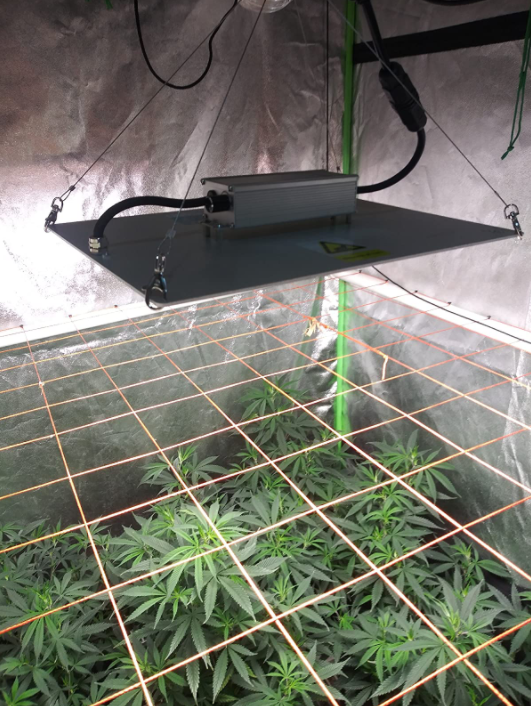Indoors vs Outdoors Checklist – What Do I Need To Consider?
Checklist – Growing Marijuana Indoors vs. Outdoors
When choosing whether to grow marijuana indoors or outdoors, there are some important factors you will need to consider. This easy checklist breaks everything down for you.
Indoor growers should consider…
- Where are you going to grow? You need to create a light-tight growing environment with ventilation, a good breeze, and enough room to hang your grow lights above your plants. Many indoor growers build custom grow spaces or invest in a pre-made grow tent.
- What grow lights are you going to use? Since you don’t have access to the sun, you must provide all the light your plants need. Unfortunately, it’s almost impossible to grow a marijuana plant in a window, unless we’re talking about a huge window that’s bathed in direct sunlight for 8+ hours a day.
- What growing medium do you plan on using? Soil or hydro? You want to find a grow method that best fits your schedule and style.
- Do you have convenient access to water? You don’t want it to be inconvenient to water your garden.
- Will you grow with nutrients? Most growers add some sort of nutrients or supplements. In hydro, you must provide all nutrients, since there are not enough nutrients in plain water to feed your plants. Whether you’re growing in soil or hydro, you can buy pre-formulated marijuana nutrients or mix your own custom blend.
- Temperature of your grow area? Marijuana plants enjoy a comfortable room temperature. Many grow lights can produce a lot of heat, which means that you may need to consider ventilation and an exhaust system to keep your temps down. Cold is less often a problem indoors, but remember that very cold and freezing temperatures will kill marijuana plants.
- What about smells? If you have invested in an exhaust system, you will likely want to invest in an exhaust fan with a carbon scrubber to automatically neutralize all smells in your grow area.
Outdoor growers should consider…
- Can tomatoes be grown outdoors in your area? As a general rule, if the environment cannot support tomatoes, it probably will be unable to support marijuana plants.
- Do you plan on growing in your backyard or somewhere off-site?
- Does this area get at least 6-8 hour of direct sunlight a day? The best hours are in the middle of the day when the sun is strongest, and plants should receive direct sunlight during this part of the day.. More light = bigger yields.
- Do you have easy access to this grow area? You’d like to be able to check on your plants at least every 1-2 weeks.
- Do you have easy access to water at this grow site? If rain patterns aren’t optimal and you need to water your plants, you will want a nearby water source.
- What steps will you take for security? You must consider that people or animals may find/take/eat/smell your plants. If animals are a problem, you may need to erect a barrier to keep them out.
- What kind of bugs do you need to worry about, and what will you do to prevent them from attacking your plants?
- Do you have a backup plan if it rains too much, if it gets too cold, or if you get an early frost/snow? These factors can ruin a whole crop, so it’s important to consider them when choosing your spot.
- Do you have a stealthy way of moving your plants after harvest? Remember, some outdoor plants can grow to be as high as a house, especially when conditions are optimal. What is your plan for moving these plants at harvest time so you can trim/dry/cure them?
Outdoor Security Tip: A good way to test whether people or hikers are going to see your grow spot is to leave a bit of money around the area, tucked in places that are easy to see but hard for the money to blow away. If you come back in 2-3 weeks and all the money is where you left it, than that’s a good sign this might be a remote spot that no one will likely come across by accident.









